Can You Flatten A Sphere?
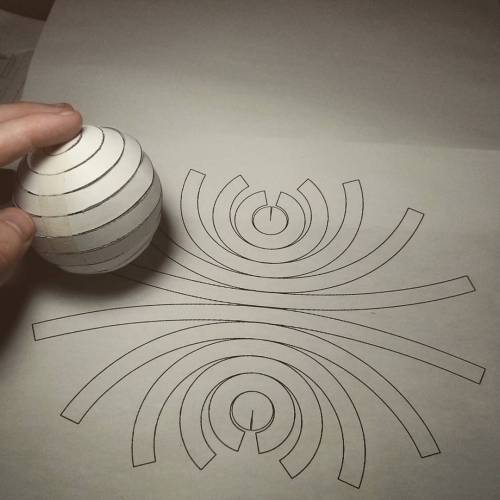
Can you flatten a sphere?
The answer is NO, you can not. This is why all map projections are innacurate and distorted, requiring some form of compromise between how accurate the angles, distances and areas in a globe are represented.
This is all due to Gauss’s Theorema Egregium, which dictates that you can only bend surfaces without distortion/stretching if you don’t change their Gaussian curvature.
The Gaussian curvature is an intrinsic and important property of a surface. Planes, cylinders and cones all have zero Gaussian curvature, and this is why you can make a tube or a party hat out of a flat piece of paper. A sphere has a positive Gaussian curvature, and a saddle shape has a negative one, so you cannot make those starting out with something flat.
If you like pizza then you are probably intimately familiar with this theorem. That universal trick of bending a pizza slice so it stiffens up is a direct result of the theorem, as the bend forces the other direction to stay flat as to maintain zero Gaussian curvature on the slice. Here’s a Numberphile video explaining it in more detail.
However, there are several ways to approximate a sphere as a collection of shapes you can flatten. For instance, you can project the surface of the sphere onto an icosahedron, a solid with 20 equal triangular faces, giving you what it is called the Dymaxion projection.
The Dymaxion map projection.
The problem with this technique is that you still have a sphere approximated by flat shapes, and not curved ones.
One of the earliest proofs of the surface area of the sphere (4πr2) came from the great Greek mathematician Archimedes. He realized that he could approximate the surface of the sphere arbitrarily close by stacks of truncated cones. The animation below shows this construction.
The great thing about cones is that not only they are curved surfaces, they also have zero curvature! This means we can flatten each of those conical strips onto a flat sheet of paper, which will then be a good approximation of a sphere.
So what does this flattened sphere approximated by conical strips look like? Check the image below.
But this is not the only way to distribute the strips. We could also align them by a corner, like this:
All of this is not exactly new, of course, but I never saw anyone assembling one of these. I wanted to try it out with paper, and that photo above is the result.
It’s really hard to put together and it doesn’t hold itself up too well, but it’s a nice little reminder that math works after all!
Here’s the PDF to print it out, if you want to try it yourself. Send me a picture if you do!
More Posts from Sleepysneezeydopeydoc-blog and Others








The Worlds of our Solar System
Science, my lad, is made up of mistakes, but they are mistakes which it is useful to make, because they lead little by little to the truth.
Jules Verne , Journey to the Center of the Earth (via q-lvck)

I guess it’s also the right setting for pictures of the Moon at night.
ISS Solar Transit [Explained]

“In 1972, Edward Lorenz gave a presentation titled: “Predictability: Does the flap of a butterfly’s wings in Brazil set off a tornado in Texas?” The term “butterfly effect” was born. Lorenz, who was born on this day in 1917, was a pioneer of chaos theory, which analyzes how subtle changes in the initial conditions of a system can lead to widely differing outcomes. This 2013 Physics Today article examines Lorenz and the birth of chaos theory.” - Physics Today
Chaos at fifty by Adilson E. Motter and David K. Campbell is an article that lays out the discovery of chaos. I found it a very satisfying and informative read about dynamical systems, the butterfly effect, bifurcations, predictability and fractals. You should probably go check it out by clicking on the bolded title. 👍
“Chaos sets itself apart from other great revolutions in the physical sciences. In contrast to, say, relativity or quantum mechanics, chaos is not a theory of any particular physical phenomenon. Rather, it is a paradigm shift of all science, which provides a collection of concepts and methods to analyze a novel behavior that can arise in a wide range of disciplines.” - Chaos at fifty
Image above: “The Lorenz attractor, as revealed by the never-repeating trajectory of a single chaotic orbit. The spheres shown here represent iterations of the so-called Lorenz equations, calculated using the original parameters in Edward Lorenz’s seminal work. (Spheres are colored according to the iteration count.) From certain angles, the two lobes of the attractor resemble a butterfly, a coincidence that helped earn sensitive dependence on initial conditions its nickname—the butterfly effect. An animated visualization of the attractor is available here. (Image courtesy of Stefan Ganev.)”

😂😂
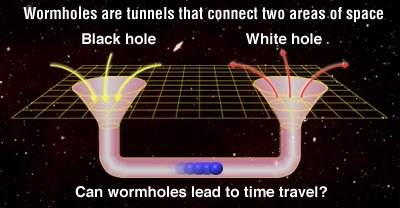
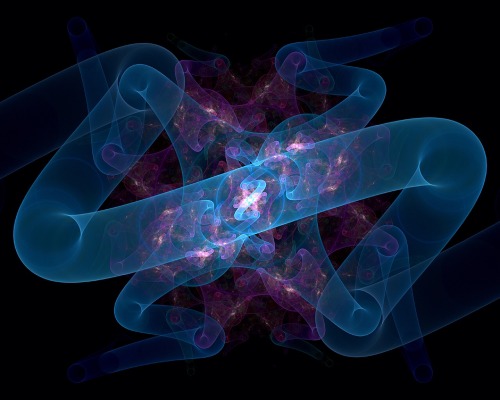
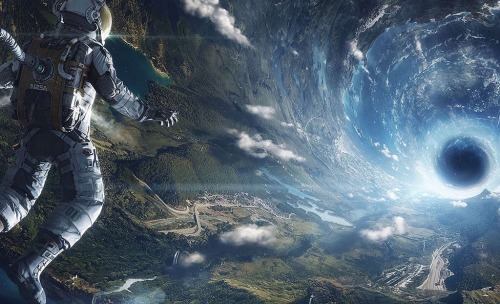
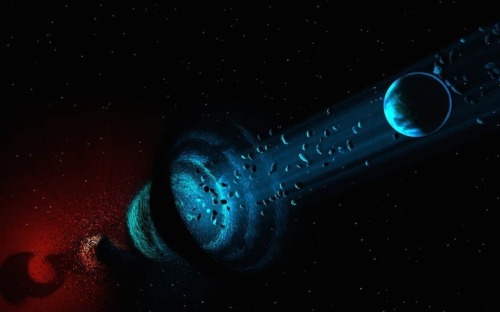
Wormholes
Also known as Einstein-Rosen Bridges are theoretically possible going by Einstein’s theory, and equations of general relativity. Basically wormholes take advantage of our 3 dimensional space and are able to “bend” it. Picture a sheet of paper; now put two circular holes on each end of that sheet of paper. Normally the quickest way to join one point to the other would be to draw a straight line between them. Now instead, you could fold the piece of paper so each hole is touching meaning that there is no longer any distance between them. This is an analogy of how a wormhole works except instead of a circular hole on a 2D plane, the entry and exit points of an Einstein-Rosen bridge can be visualised as spheres in a 3D space.
While the theory of general relativity allows the existence of wormholes, we have not yet found physical evidence. The first wormhole solution discovered was the Schwarzschild wormhole presented in the Schwarzschild metric describing an eternal black hole. However this is not stable enough and would collapse before anything could cross from one end to the other. Traversable wormholes could exist of there was a form of exotic matter with a negative energy to stabilise them.
The Casmir effect shows that quantum field theory allows the energy density in some space to be relatively lower than the ordinary vacuum of space. A lot of physicists (like Stephen Hawking) use this to argue that it is possible to stabilise a traversable wormhole. However there are no known natural processes that would cause a traversable wormhole to stabilise.
The quantum foam hypothesis can be used to suggest the spontaneous appearance of tiny black holes at the Planck scale. Stable versions of these tiny wormholes have been suggested as dark matter candidates. It is also possible that one of these wormholes opened into a previously empty space from another universe, held open by a cosmic string (1D string) with a negative mass then it could be inflated to a macroscopic size by cosmic inflation. Is it possible this happened at the start of the Big Bang?


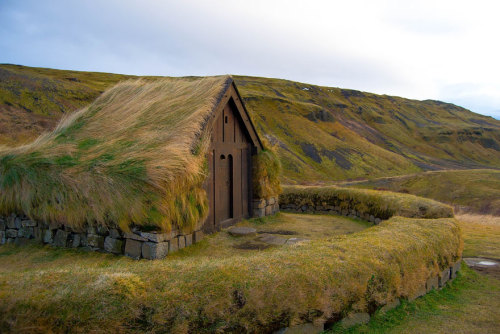
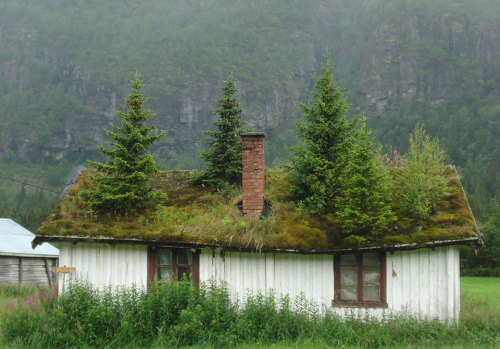
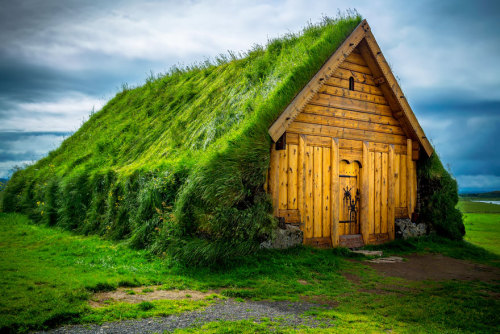

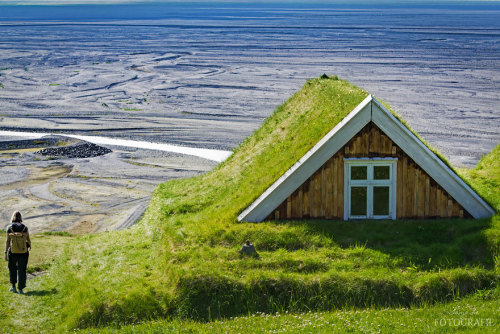
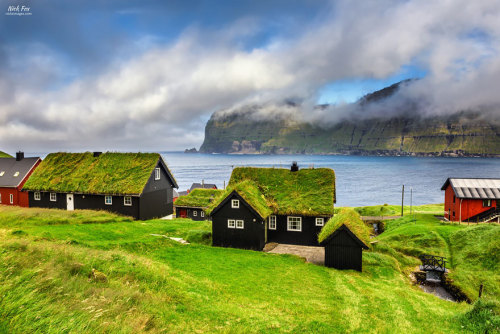
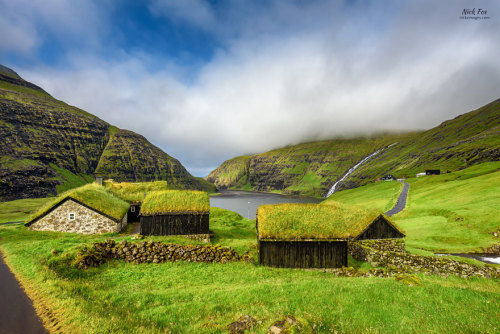
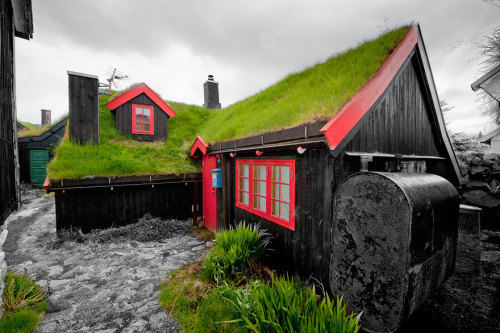
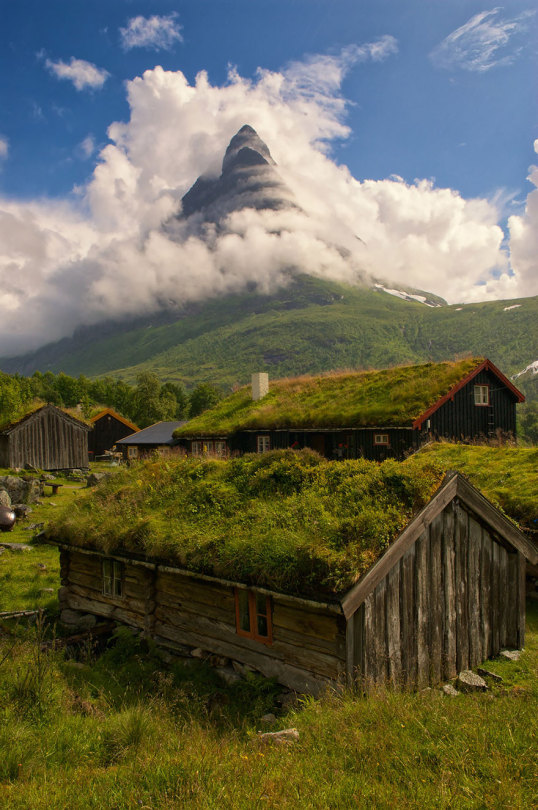
Fairlytale Scandinavian Green Roofs
Scandinavians are serious about their green roofs. They’ve had them for a while now and it doesn’t look like they’re going anywhere. They even have a competition every year to determine the best green roof project in Scandinavia by the Scandinavian Green Roof Association! But there is a reason why Scandinavians like these green roofs so much… They are not only a beautiful feature for a house, but they also offer numerous social, environmental and financial benefits. They absorb rainwater, reduce winter heating costs, reduce summer air-conditioning costs, provide insulation, and are long lasting - just to name a few.
Images and text via

😊




Alloys: Bronze
Given that there are many different types of bronze with a wide variety of elements included, the alloy cannot be defined as having one set composition. Though the most well known bronze is likely the common copper-tin alloy, alloys such as bismuth bronze, silicon bronze, and aluminum bronze don’t necessarily contain tin.
That being said, the most well known bronze alloy, and the one most people probably think of when they hear the word, is composed of mostly copper with tin or arsenic and, potentially, small amounts of other elements. The oldest tin-copper bronze alloys found are from around 4500 B.C., and this replacement of stone tools with bronze eventually led to the Bronze Age. (The Bronze Age eventually gave way to the Iron Age, because, despite bronze’s favorable properties, iron is more plentiful and easier to find.)
The addition of tin, arsenic, and other elements produces a harder material than copper alone. Bronze also has the favorable properties of being corrosion resistant, non-magnetic, has excellent heat transfer properties, is relatively easy to machine, withstands high temperatures, and is resistant to wear and friction. Unlike steel, bronze does not spark when struck and is therefore useful as tools in environments containing flammable vapors.
Some historical applications of bronze include in statues, weapons and tools, and currency/coinage. The alloys is also well known for is usage in musical instruments, often bells and cymbals, as well as the windings of string instruments such as the guitar and piano.
Sources: ( 1 ) ( 2 ) ( 3 ) ( 4 ) ( 5 )
Image sources: ( 1 ) ( 2 ) ( 3 )
-
 j0zie liked this · 2 months ago
j0zie liked this · 2 months ago -
 beckettbeforemidnight liked this · 2 months ago
beckettbeforemidnight liked this · 2 months ago -
 adequate-images reblogged this · 2 months ago
adequate-images reblogged this · 2 months ago -
 void-of-the-valley liked this · 2 months ago
void-of-the-valley liked this · 2 months ago -
 flying-for-freedom liked this · 3 months ago
flying-for-freedom liked this · 3 months ago -
 dataisgold reblogged this · 3 months ago
dataisgold reblogged this · 3 months ago -
 dataisgold liked this · 3 months ago
dataisgold liked this · 3 months ago -
 beachchairbookworm liked this · 5 months ago
beachchairbookworm liked this · 5 months ago -
 aliaaafify reblogged this · 6 months ago
aliaaafify reblogged this · 6 months ago -
 aliaaafify liked this · 6 months ago
aliaaafify liked this · 6 months ago -
 yourbuddyjasyhui liked this · 8 months ago
yourbuddyjasyhui liked this · 8 months ago -
 itsjonhyjay liked this · 10 months ago
itsjonhyjay liked this · 10 months ago -
 crewhst liked this · 10 months ago
crewhst liked this · 10 months ago -
 freakingnerdblog reblogged this · 1 year ago
freakingnerdblog reblogged this · 1 year ago -
 infinityflesh00 liked this · 1 year ago
infinityflesh00 liked this · 1 year ago -
 bananaede reblogged this · 1 year ago
bananaede reblogged this · 1 year ago -
 bananaede liked this · 1 year ago
bananaede liked this · 1 year ago -
 ddenzo reblogged this · 1 year ago
ddenzo reblogged this · 1 year ago -
 ddenzo liked this · 1 year ago
ddenzo liked this · 1 year ago -
 exjz reblogged this · 1 year ago
exjz reblogged this · 1 year ago -
 lyiadia liked this · 1 year ago
lyiadia liked this · 1 year ago -
 mexrican liked this · 1 year ago
mexrican liked this · 1 year ago -
 diminirita liked this · 1 year ago
diminirita liked this · 1 year ago -
 kingsigenchildra liked this · 1 year ago
kingsigenchildra liked this · 1 year ago -
 mike1universe liked this · 1 year ago
mike1universe liked this · 1 year ago -
 karennesmith reblogged this · 1 year ago
karennesmith reblogged this · 1 year ago -
 karennesmith liked this · 1 year ago
karennesmith liked this · 1 year ago -
 not-kashy liked this · 1 year ago
not-kashy liked this · 1 year ago -
 bratjedi0 liked this · 1 year ago
bratjedi0 liked this · 1 year ago -
 kirby5087 liked this · 1 year ago
kirby5087 liked this · 1 year ago -
 no1heartbreaker reblogged this · 1 year ago
no1heartbreaker reblogged this · 1 year ago -
 rodob777 liked this · 1 year ago
rodob777 liked this · 1 year ago -
 pablilloelpillo liked this · 1 year ago
pablilloelpillo liked this · 1 year ago